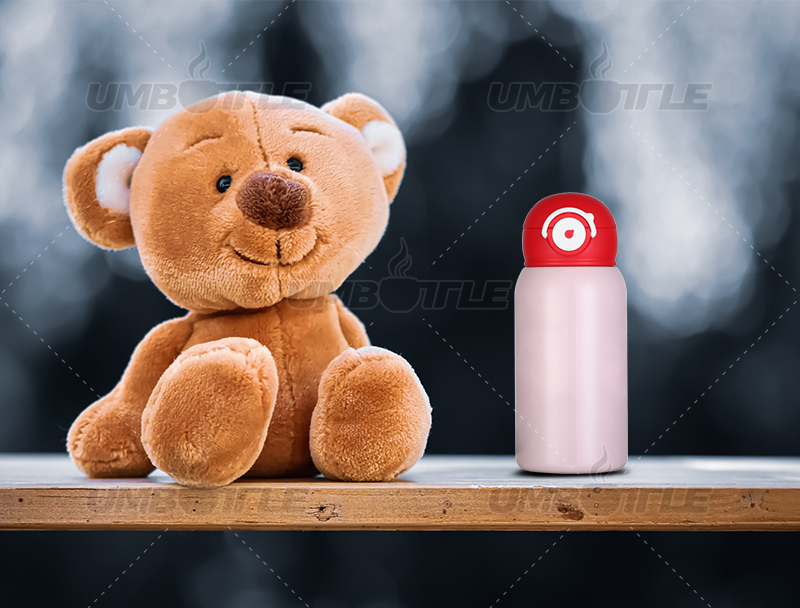Key Considerations for Designing and Developing Children's Water Bottles
Designing and developing children's water bottles requires careful consideration of various factors to ensure product safety, usability, and suitability for children's specific needs. Children's water bottles are products closely related to their daily lives, so the design process must pay special attention to safety, operability, healthiness, and attractiveness. Here are the key considerations to keep in mind when designing and developing children's water bottles.
Safety as the Top Priority: The design of children's water bottles must ensure the product's safety. Avoid using harmful substances such as BPA (Bisphenol A) and ensure the product complies with relevant safety certification standards such as FDA (U.S. Food and Drug Administration) certification, etc. All materials should undergo durability and impact tests to ensure there are no dangers during everyday use.
Child-Friendly Operation: The design of children's water bottles should be easy for children to operate. This means the product's opening and closing mechanisms should be simple, easy to understand, and not require a lot of force or skills. Children usually don't have the strength and coordination of adults, so the design should consider their special needs.
Leak-Proof Design: Children's water bottles should be designed to prevent leaks, avoiding unnecessary wetness and discomfort. Seal performance and leak-proof mechanisms are crucial. A leak-proof design also helps minimize spilled liquids, maintaining a clean usage environment.
Appropriate Size and Grip for Children: The size and grip of the water bottle should be suitable for children's hand size and grip. Too large water bottles might be challenging to hold, while too small ones may not hold enough water. The design should ensure that children can easily pick up and use the water bottle.
Easy to Clean and Hygienic: The design of children's water bottles should be easy to clean to ensure product hygiene. Some designs might accumulate dirt in corners or crevices, making cleaning difficult. Designs that are easy to disassemble and clean will help maintain the hygiene of the water bottle.
Attractiveness and Child-Friendliness: The appearance of children's water bottles should capture children's attention, possibly using bright colors, interesting patterns, or characters in the design. The product's appearance and shape should encourage children to use it and spark their curiosity.
Durability: Children's water bottles are often subjected to significant impacts in daily use, such as being thrown or dropped. Designers need to ensure the product has sufficient durability to withstand children's "tests."
Health-Friendly Materials: When designing children's water bottles, prioritize the use of health-friendly materials, avoiding substances that may cause allergies or other health issues. Materials should comply with relevant environmental and health standards.
In summary, designing and developing children's water bottles require a comprehensive consideration of factors such as safety, applicability, usability, attractiveness, and health-friendliness. Only by taking these key considerations into account can safe, fun, and user-friendly children's water bottle products be created.

Dongguan Zhanyi Commodity Technology Co., Ltd. specializes in the production of metal cups, plastic cups, coffee cups, suction mug, lunch boxes, food jar, travel mugs, portable water bottles, sports bottles, home life desktop trash cans, thermos bottles, etc.These products are all our annual exports, and are recognized and loved by the US, Europe, Australia, Japan, South Korea, Taiwan, Hong Kong and other consumers. Support for small quantity order, fast customization.